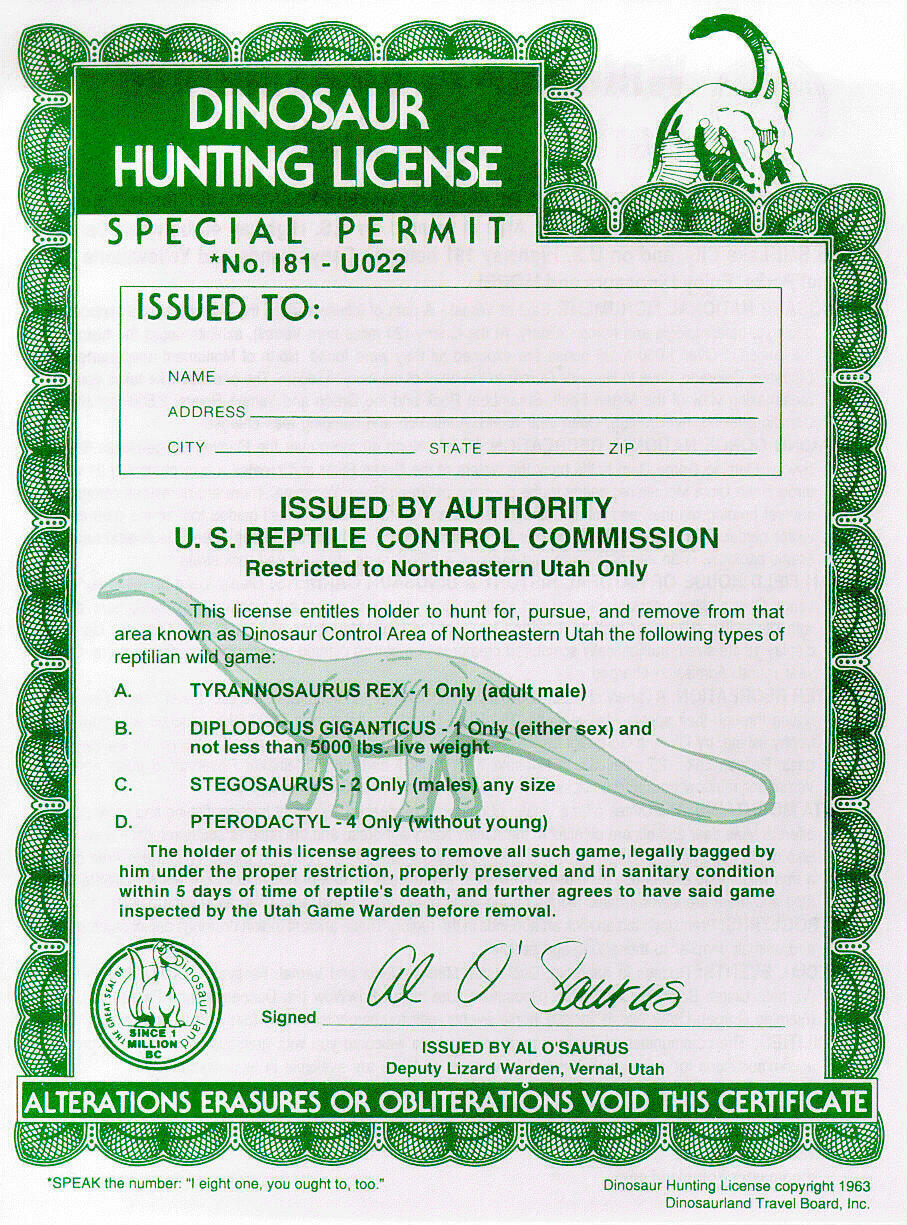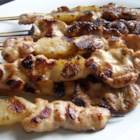I saw this picture on Facebook the other day
(Not sure where it originated: sorry I can't give credit!)
In true nerdy girl fashion, I found myself wondering about the 'official' definition of salad, as I thought I remembered that it didn't necessarily have to include lettuce. (I know, I know, that sort of destroys the joke here, but just go with me ok?)
In all things dictionary, I prefer to use the OED (Oxford English Dictionary) as I read the two books written about it by Simon Winchester (The Meaning of Everything and The Professor and the Madman), and, having learned about it's history, find the OED has a good pedigree and authority.
The main OED definition is this:
"A cold dish of herbs or vegetables (e.g. lettuce,
endive), usually uncooked and chopped up or sliced, to which is often
added sliced hard-boiled egg, cold meat, fish, etc., the whole being
seasoned with salt, pepper, oil, and vinegar"
One of the perks of the OED, by the way, is that it includes a rather extensive list of the original uses of the term which is being defined from written literature. In this case, the earliest use located was in approximately 1481. ("
1481–90
(1905)
398
Item, for erbes for a selad j. d.)
So, while this definition uses lettuce as an example of the vegetable included in a salad, it does necessarily preclude salads which do NOT include lettuce. However, it does says herbs or vegetables, of which bacon is neither, unfortunately.
This explains to me how
Sunomono can be considered salad, when it consists of only cucumber. (Although when I looked up the term to make sure I spelled it right, it appears that the vinegar/cucumber version I have had is not the only way it can be prepared. Another blog for another day I guess!) I suppose it also explains pasta salad being able to contain the word salad in the name although most of them don't have a large amount of lettuce in them either!


.jpg)



